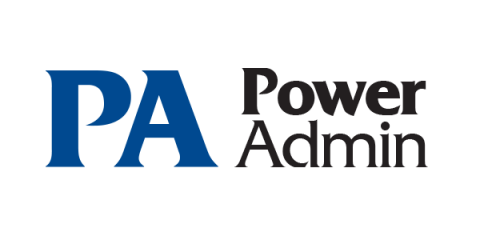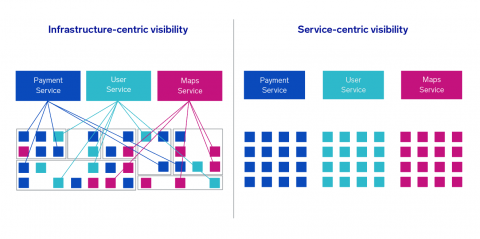How to Manage Linux Logs
Log files in Linux often contain information that can assist in tracking down the cause of issues hampering system or network performance. If you have multiple servers or levels of IT architecture, the number of logs you generate can soon become overwhelming. In this article, we’ll be looking at some ways to ease the burden of managing your Linux logs.











